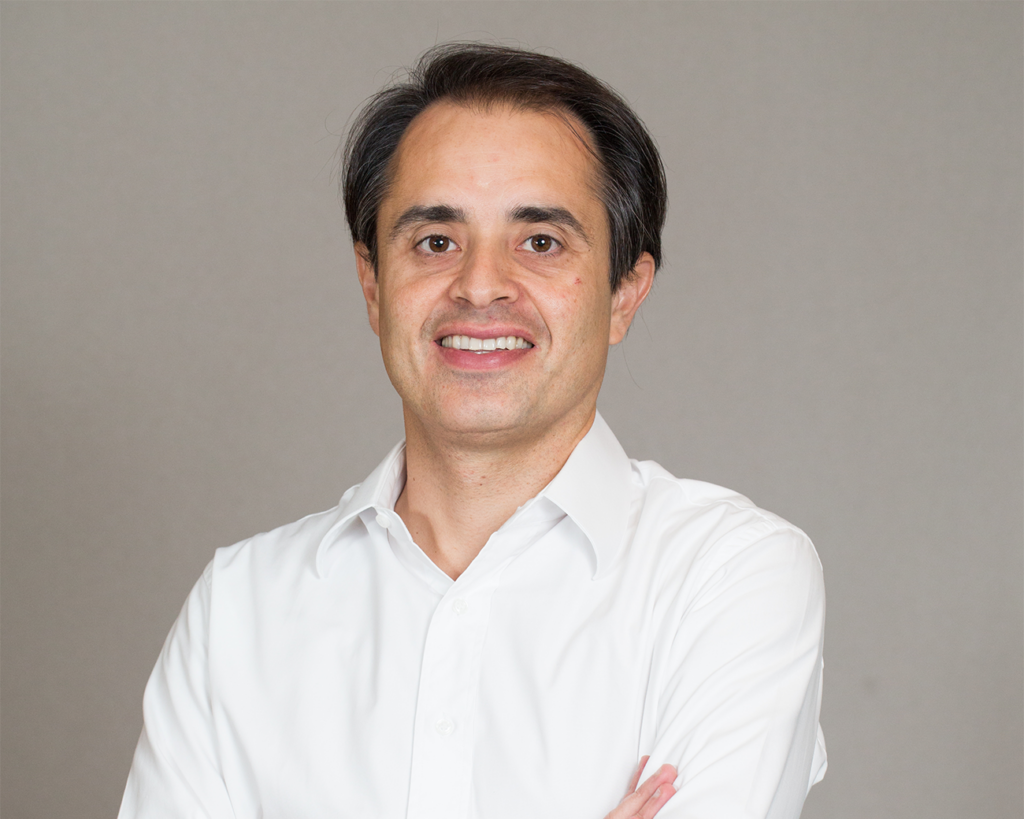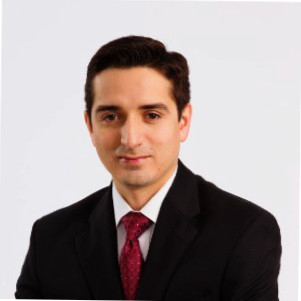LP Profiles, Member Profiles
An Interview with HarbourVest Partners
19 May 2011

LAVCA recently spoke with Scott Voss and Peter Lipson, both Managing Directors at HarbourVest Partners, about changes in the firm’s strategy and perceptions of Latin America private equity since it made its first investment in the region in the 1990s.
LAVCA: Please give some background on HarbourVest.
 Voss: HarbourVest is focused on private equity solutions for institutional clients worldwide. We specialize in investments across the private equity spectrum, investing in venture, buyout, mezzanine, distressed, and other markets through primary partnerships, secondary purchases, and direct investments.
Voss: HarbourVest is focused on private equity solutions for institutional clients worldwide. We specialize in investments across the private equity spectrum, investing in venture, buyout, mezzanine, distressed, and other markets through primary partnerships, secondary purchases, and direct investments.
HarbourVest’s history goes back to 1982, when our founders formed one of the first private equity fund-of-funds. We currently have an investment team of more than 70 professionals. Since 1994, the Firm has invested more than $350 million with managers in Latin America in the form of primary, secondary, and direct co-investments.
LAVCA: Roughly what percentage of your portfolio do you generally allocate to emerging markets private equity? To Latin America? Will this change going forward?
Lipson: HarbourVest made its first Asian investment in 1984, first Latin American and African investments in 1994, first Eastern European investment in 1997, and first Russian investment in 2004. Over time, the Firm has allocated 10% of its global capital to emerging markets. In our current emerging markets-focused fund (which excludes Asia), we expect to allocate 50% to 60% of capital to Latin America. This allocation is a substantial increase from prior funds. HarbourVest strongly believes that Latin America has the potential to offer investors compelling returns over the next several years due to a growing middle class, a need for infrastructure improvements, increased financial stability, and global demand for the vast commodity base of many Latin American countries.
LAVCA: You mentioned that HarbourVest invests in primary partnerships, secondaries, and direct investments. In which areas do you find the most opportunities in Latin America? Does this differ from other emerging markets?
Voss: We expect to see opportunities across all three strategies, however, like our global programs, from a capital weighting standpoint, the majority of the portfolio will be in primary partnerships. Part of this is a function of market dynamics. Across our global portfolios, we see constant secondary deal flow in mature private equity markets where capital raising has been consistent for a long period of time. The sources of this deal flow are limited partners who are rebalancing their portfolios. We see some secondary opportunities in Latin America, but due to inconsistent fund raising coupled with strong limited partner interest in the region today, deal flow has been light. Given that 2010 was a record fund raising year and 2011 has the potential to be the same, there will likely be a larger pool of potential secondary opportunities a few years from now. With direct investments, we co-invest alongside local general partners and we are also seeing increased opportunities for co-investment. Based on the increased investment opportunities in the region, HarbourVest is establishing a local presence in Bogota.
LAVCA: Why did you choose Colombia as the location for your Latin American presence?
Voss: We are establishing a presence in the region to better serve our local investor base and to enhance our investment activity in the region. Colombia is the third largest Spanish speaking country in the region and offers a compelling investment case relative to Mexico and Argentina. Our decision is supported by the fact that many of our fund managers are also establishing a presence in Bogota. Going forward, we will continue to cover the entire region from both Bogota and Boston. Peter Lipson is leading our local effort in Colombia.
Lipson: To those who have not followed local political and economic events over the last 10 years, Colombia may not seem like a natural choice. However, for us, it was because of a variety of logical factors. Bogota is centrally located in the region allowing easy access south to Peru and Chile, east to Brazil and Argentina, and north to Mexico, Central America and the U.S. Second, Colombia has an incredibly business friendly environment that facilitates and welcomes foreign offices in the country. Third, having just gone through an election, Colombia appears to be one of the more politically stable countries with a positive economic outlook. Finally, HarbourVest has a number of LPs in Colombia.
LAVCA: Which markets in Latin America do you find most attractive today? Why?
Lipson: Our strategy is quite simple. We are targeting a market weighting across the leading economies of Brazil, Mexico, Argentina, Colombia, Peru, and Chile. We like both pan-regional and country focused funds. The pan regional funds allow flexibility for capital to be reallocated when certain markets fall in and out of favor. For example, if pricing or foreign exchange is working against a manager in one country, they have the flexibility to deploy capital elsewhere. The country focused investments will likely be with managers in the largest economies where we expect to see promising opportunities (Brazil, Mexico, Andean).
LAVCA: How has your strategy for Latin America evolved since HarbourVest first started investing in the region in the 1990s?
Voss: Our experience in global private equity markets over nearly 30 years and lessons learned in Latin America and other Emerging Markets over the past 15 years drives our strategy evolution. We target local funds that will provide exposure to basic industries which should benefit from the growing middle class in the region. Examples of sectors we target include Consumer, Financial Services, Healthcare, Education, Business Services, and Manufacturing. Our portfolios also seek Energy, Infrastructure, and Natural Resource exposure where the investments have the potential to generate private equity returns. We have a strong bias for control oriented investments where the manager can quickly change management or initiate an exit when necessary. We are also looking to diversify by time and deal size so we are not concentrated in one cycle or size of transaction.
LAVCA: What would be a typical size commitment that you’d make to a fund in Latin America?
Lipson: Based on the current capital we have available to invest, we expect to invest between $20 million and $50 million per fund. Much of the capital weighting has to do with portfolio construction considerations. Regardless of size of investment, we are aiming to be one of the most active value added limited partners and have been on the advisory board of 100% of the primary funds in which we have invested.
LAVCA: How do you go about finding and selecting the best fund managers? Will you invest in a first-time fund?
Voss: The majority of the investments made in our funds have been sourced through relationships formed by our 37 senior investment professionals who have worked together for an average of 15 years. Over the past several years we have reviewed more than 400 primary partnerships annually. On average, we conduct substantial due diligence on less than 25% of these partnerships and make commitments to less than 10. We will meet with any first-time or emerging fund managers to evaluate their proposals. Our evaluation of these managers follows a similar process to established managers. We use the same criteria and scoring methodology for first time funds so the bar is high.
LAVCA: What is your take on the current state of private equity investment in Latin America? What changes do you feel are most important for the region in order to strengthen the industry locally?
Lipson: We believe that Latin America is currently in the best position it has been in over the 15 years we have been allocating capital to the region. Of the six countries on which we focus, five are investment grade with Colombia the most recent addition. There is a deeper universe of managers to evaluate and potentially invest in today than ever before. The leading funds were established over a decade ago and were able to navigate the turbulent markets of the late 1990s and early 2000s. This experience is invaluable. Others have been funded by the local institutions including pension funds, insurance companies, family offices and investment banks. With two or three funds under their belts, these managers are now positioned to market proven track records to global investors. Finally, private equity and the role it plays within the capital markets is more broadly understood by the local sellers, and there is very strong support from service providers including investment banks, law firms, and intermediaries helps to support a credible investment case.
Voss: However, there are certainly challenges that need to be contemplated. There is record capital flowing into the region. Though private equity is still under penetrated relative to the developed markets, competition for deals is sure to increase. Additionally, the region is benefiting from a commodity boom largely driven by growth in Asia. This has driven up the value of local currencies and arguably made export oriented, job creating, manufacturing business less competitive. The increasing dependence on Asia could have both positive and negative implications on local economies if the growth in Asia subsides. The political landscape is always at risk of changing course. As one of our managers put it, “we have seen in Latin America that one person can change the course of a country (for better or worse) for more than a decade.” The best way to mitigate these risks is to diversify by time, geography, size of deal, and industry and apply lessons learned from past experiences.
You may be interested in...
-

Luciana Antonini Ribeiro, eB Capital
Executive: Luciana Antonini Ribeiro, Co-Founder and CIO Member Name: eB Capital Year...
-

Cristiano Gioia Lauretti, Kinea Private Equity
Member: Kinea Executive: Cristiano Gioia Lauretti, Head of Private Equity HQ: São...
-

Maria Pia Iannariello, MGM Innova Capital
LAVCA recently spoke with Maria Pia Iannariello, Co-Founder & COO of MGM Innova Capital,...
-

Rafael Ramirez, Portfolio Manager, Alaska Permanent Fund Corporation
LAVCA recently spoke with Rafael Ramirez, Portfolio Manager– Private Equity &...